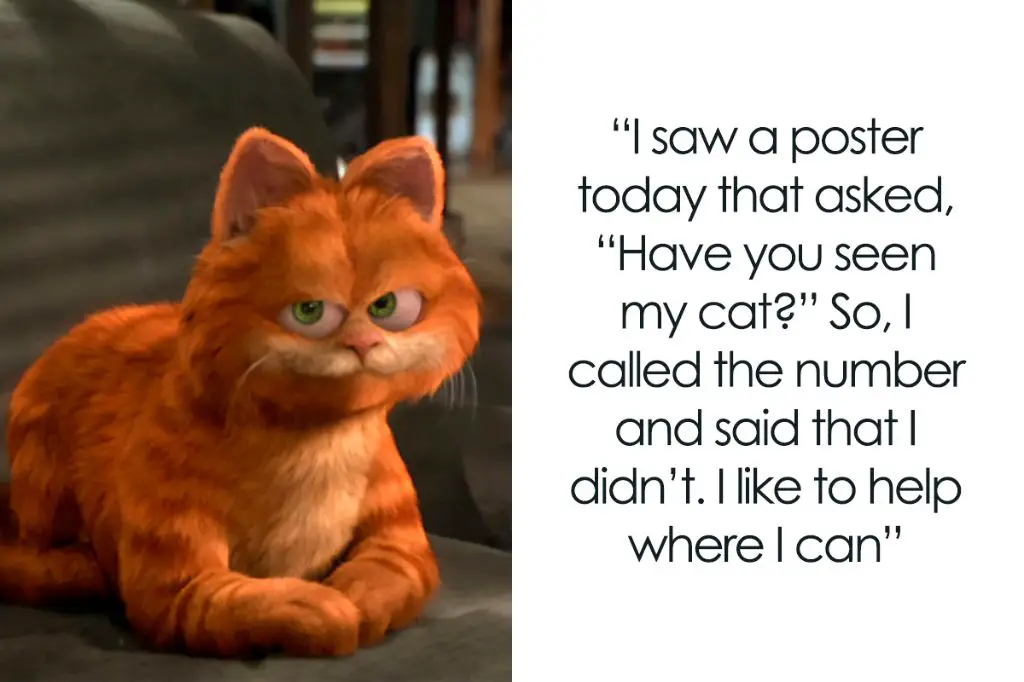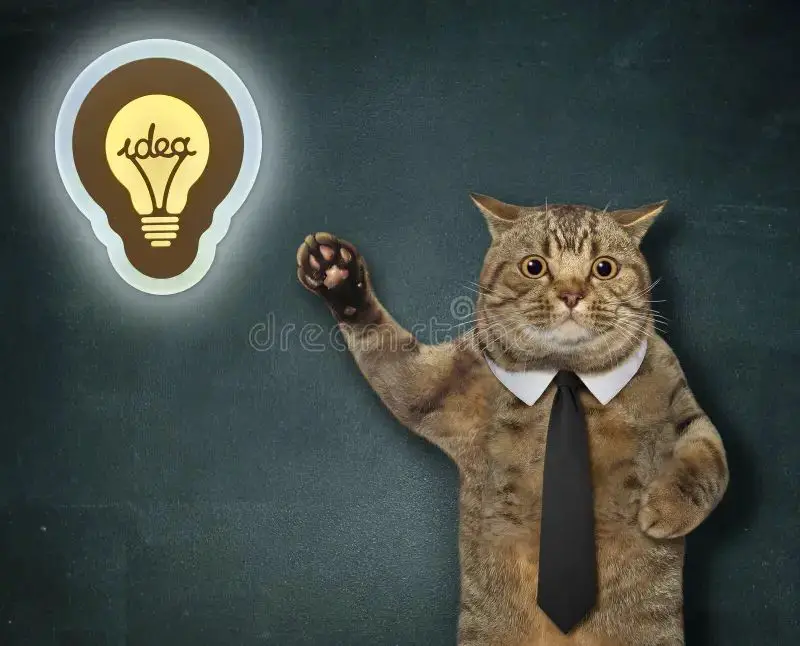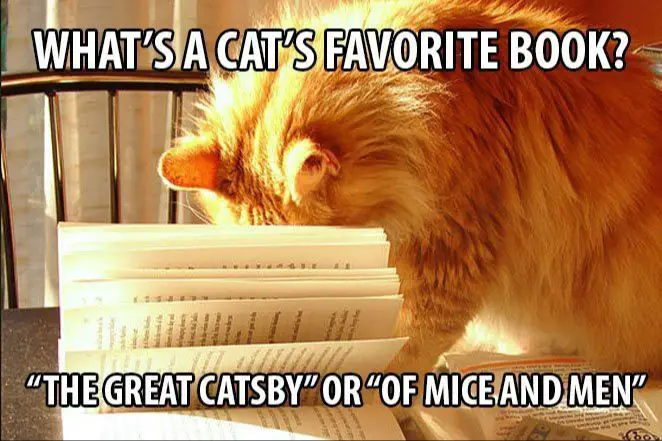Why do cat jokes make us laugh so much? With their aloof personalities and quirky antics, cats have a universal appeal that makes them the purr-fect subject for humor. Though cat jokes may seem simple on the surface, their popularity reveals something deeper about both feline nature and human psychology. This article will delve into the history, themes, controversies, and enduring appeal of cat comedy. Whether you’re a cat lover, joke teller, or just looking for a laugh, read on to learn all about the inner workings of cat jokes.
Cats are inherently funny creatures. With their airs of superiority, preference for naps over playtime, and disdain for following orders, they seem almost custom-made for jokes. As pets, cats exhibit just enough independence to be hilarious – refusing to come when called or knocking things off tables out of sheer defiance. Unlike dogs, they are not “man’s best friend” but aloof roommates, adding to their comedic appeal. When crafting cat jokes, these quirky feline traits offer a rich trove of humorous material.
History of Cat Jokes
The origins of cat jokes and cat humor can be traced back thousands of years. Ancient Egyptians depicted cats in humorous scenes on hieroglyphics, showing their fascination with the creatures. Cats were so revered in ancient Egypt that harming them was a crime punishable by death. This led to many comedic depictions of cats getting into mischief without repercussion.
In medieval times, cats became associated with witchcraft in Europe. This led to many satirical illustrations and stories featuring witches with cat companions. Shakespeare made humorous references to cats in some of his plays, including The Tempest and Much Ado About Nothing. Pop culture began embracing cat humor more in the 19th century. Lewis Carroll featured a grinning Cheshire Cat character in his 1865 novel Alice’s Adventures in Wonderland. The Cheshire Cat captured the public imagination and remains one of the most iconic characters from the story today.
As photography advanced in the late 19th century, humorous posed photos featuring cats became popular. Postcards and early silent films also started using cats to comic effect. By the early 20th century, animated cartoons like Felix the Cat emerged, cementing the cat’s place in comedic pop culture.
Types of Cat Jokes
There are many types of jokes that feature cats or play on cat stereotypes. Some of the most common include:
Puns – Cat puns use a play on words related to cats. For example: “What do cats like to eat for breakfast? Mice Krispies!”
One-liners – These are short, concise jokes that often rely on cat stereotypes. Such as: “How can you tell if your cat’s really annoyed? They start lion.”
Knock knock jokes – Usually featuring a cat name in the punchline. Like: Knock knock. Who’s there? Meow. Meow who? Meow’ll you let me in, it’s cold out here!
Jokes about behaviors – These jokes poke fun at common cat behaviors like ignoring their owner, chasing mice, clawing furniture, etc. For example: “How come it takes longer to teach cats tricks than dogs? Because cats usually don’t give a darn.”
According to this source, cat jokes often play off the aloof and independent stereotypes of cats.
Common Themes in Cat Jokes
Some of the most common themes and stereotypes seen in cat jokes include:

Cats Being Aloof or Distant
There are many jokes centered around cats being aloof, independent and seemingly disinterested in humans. For example: “What’s the difference between cats and dogs? Dogs think: ‘These people feed me, shelter me, love me – they must be gods!’ Cats think: ‘These people feed me, shelter me, love me – I must be a god!'” In this type of joke, the cat is portrayed as aloof and superior acting.
Cats as Lazy or Self-Important
Similarly, jokes often poke fun at cats being lazy or self-important: “How is a cat like a comma? They both add a pause at the end of a clause.” Here, cats are suggested to just be laying about all day.
Cats vs. Dogs
Many jokes contrast cats and dogs to make light of their different personalities and temperaments: “Why don’t cats play poker in the jungle? Too many cheetahs.” In this joke, cats are suggested to be more shrewd and discerning compared to happy-go-lucky dogs.
Overall, cat jokes tend to play off common feline stereotypes of aloofness, laziness, self-importance and an air of superiority. By contrasting them with dogs, the jokes highlight how cats are seen as independent, choosy and cunning compared to man’s best friend.
Using Cat Jokes
Cat jokes can be used in a variety of situations to lighten the mood and bring some humor into a conversation. Here are some common ways cat jokes are used effectively:

As an ice breaker in conversations – Starting off a dialogue with a silly cat pun can make people laugh and feel more relaxed. It’s an easy way to break the ice in social settings.
In speeches and presentations – Throwing in a cat joke or two can liven up an otherwise dry speech. As long as it relates to the topic, a cat pun can engage the audience.
On social media – Posting cat jokes and memes on social platforms entertains followers and encourages likes and shares. It’s a simple way to get better engagement.
On greeting cards – Sending a friend a birthday card with a cute cat joke inside adds a personal touch.
Cat jokes are generally appropriate in informal settings among friends who will appreciate the humor. They should be avoided in formal situations like job interviews, with strangers, or among mixed company who may be offended.
It’s best to read the room before making a cat joke. Use good judgment to assess if it’s appropriate for the setting and recipients.
Creating Original Cat Jokes

When it comes to creating your own original cat jokes, there are some tips that can help make the process easier and result in funnier jokes. Here are some suggestions for writing cat jokes from scratch:
Tips for writing your own cat jokes:
– Use plays on words, puns and double meanings related to cats. Cat vocabulary is rich with opportunity for humor.
– Create hypothetical conversations between cats and humans where the cat responds in snarky or unexpected ways.
– Anthropomorphize cats by giving them human characteristics, behaviors or motivations.
– Use stereotypical cat behaviors like napping, ignoring humans, coughing up hairballs, chasing mice/bugs, etc. as fodder.
– Craft jokes about the rivalry between cats and dogs.
– Poke fun at common cat names and breeds.
– Find ways to insert cat noises like meows, hisses and purrs into punchlines for added comedic effect.
Formula for structuring cat joke setup and punchline:
The basic structure of a cat joke is similar to other styles of joke writing. You want to set up an expectation in the beginning, then subvert that expectation with a surprising or ironic twist at the end. Here is a simple formula:
Setup: Say something to establish a scenario, introduce a character, describe a situation.
Punchline: End with something amusing, unexpected or non-sequitur that contrasts the initial setup.
For example:
Setup: What did the cat say when he lost all his money?
Punchline: I’m paw!
Using this basic joke structure can make it easier to craft your own original gags centered on our feline friends.
Notable Examples
Cat jokes have a long history, with many famous comedians and humorists using them in their routines over the years. According to 50 Funny Cat Jokes Fur You Right Meow, notable examples include:

In the 1920s, comedian Robert Benchley quipped: “Dogs come when they’re called; cats take a message and get back to you later.” This wry observation on the independent nature of cats is an early classic cat joke.
Groucho Marx employed cat humor frequently in his comedy acts. He once joked: “Outside of a cat, a book is man’s best friend. Inside of a cat it’s too dark to read.” This joke plays on the stereotype of cats as aloof and indifferent to human affairs.
Bob Hope, the legendary comedian, was also known for his cat jokes. He remarked: “A meow massages the heart.” This joke gently pokes fun at how cats communicate through meowing.
Modern comedians like Ellen DeGeneres continue the tradition. She joked: “Cats are very independent animals. They’re very cute, but they’ve got their own agenda. Dogs are different. Dogs are like, ‘You love me, right? You’re going to feed me now, right?’ Cats are like, ‘Don’t embarrass yourself. I don’t need you.'”
These examples showcase how cat humor has endured across eras, finding humor in the unique traits and behaviors of our feline friends.
Psychology of Cat Jokes
Cat jokes resonate with people because they play into common perceptions and stereotypes about cats. Cats are often seen as aloof, independent, unpredictable, sly, and mischievous. Cat jokes tap into these supposed “cat traits” that many cat owners claim to observe in their own felines.
According to cat behaviorists, there may be some truth to these cat stereotypes. Cats are not pack animals like dogs, so they are more independent and lesstrainable. Their hunting instincts make them stealthy and focused on stalking prey (like toys or feet under a blanket). Their playfulness paired with sharp claws and teeth can seem mischievous when they attack ankles or batting objects.
The seeming mismatch between cats’ small, cute appearance and their “sly” or “mean” behavior is partly why cat jokes are so amusing. The jokes play up this trickster aspect of cats, like knocking things off tables when no one is looking. Many cat jokes feature cats plotting mischief or imagining themselves as powerful lions. These anthropomorphic jokes allow us to imagine cats have human motives and thoughts driving their perplexing feline behaviors.
In the end, cat jokes allow cat lovers to poke fun at some of the frustrations of living with an often-aloof yet entertaining pet. As the popular saying goes, “Cats have staff, not owners.” Cat jokes humorously acknowledge the unique relationship between cats and the humans in their lives.
Controversies
Some cat jokes have sparked controversies due to concerns about stereotyping cats or the appropriateness of certain jokes. In February 2020, actors James Corden and Rebel Wilson made jokes about cats while presenting at the Oscars that were seen by some as offensive stereotypes. A visual effects artist who worked on the Cats film called the jokes “misguided” and said they mocked the cast and crew’s hard work.
There have also been controversies related to jokes about cats having nine lives or always landing on their feet, with some arguing these perpetuate unrealistic stereotypes. In other cases, risque puns or double entendres involving cats have caused offense. Overall, while most cat jokes are lighthearted, some feel that more consideration should be given to avoid belittling cats or making overly insensitive jokes.
Conclusion
In summary, cat jokes have a long history, with origins dating back hundreds of years. While often considered silly and juvenile, cat jokes can provide meaningful psychological benefits. Laughter reduces stress, improves mood, and strengthens social bonds. Cat jokes allow us to see the humor in our feline companions and in ourselves. Though not highbrow humor, cat jokes have an important place in our culture. Their enduring popularity across decades and generations is a testament to the joy cats bring their humans.
Cat jokes let us revel in the quirky nature of cats. They highlight endearing cat behaviors like napping, begging for food, and ignoring their owners. While exaggerated, cat jokes contain an element of truth in their depiction of feline mannerisms. As cats continue to proliferate online and in meme culture, cat jokes will likely evolve and take on new forms. However, the essential absurdity and charm of cat humor remains timeless. In turbulent times, a simple cat joke can lift our spirits and remind us not to take life too seriously.
